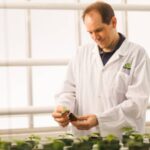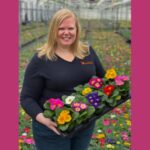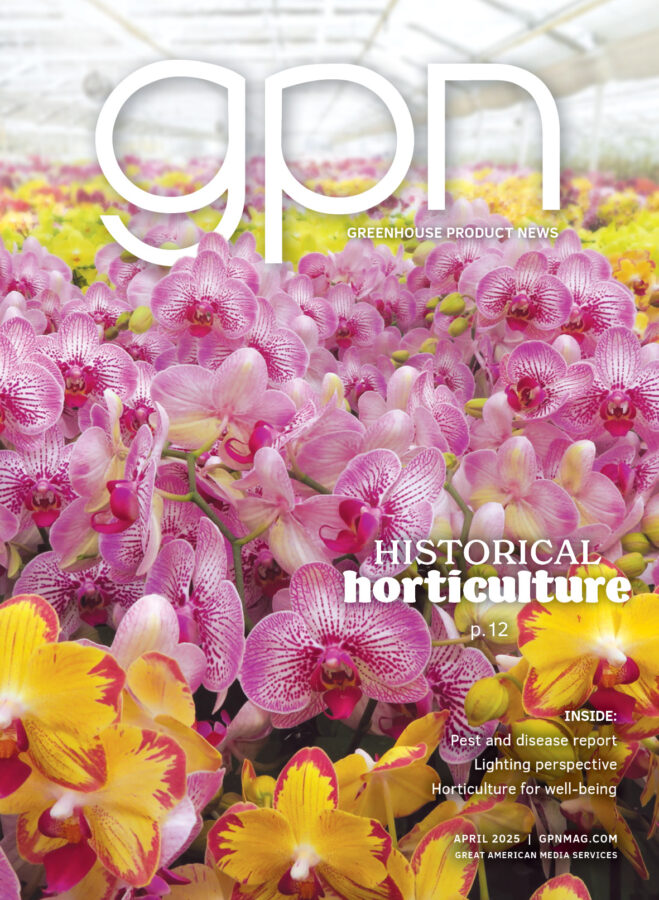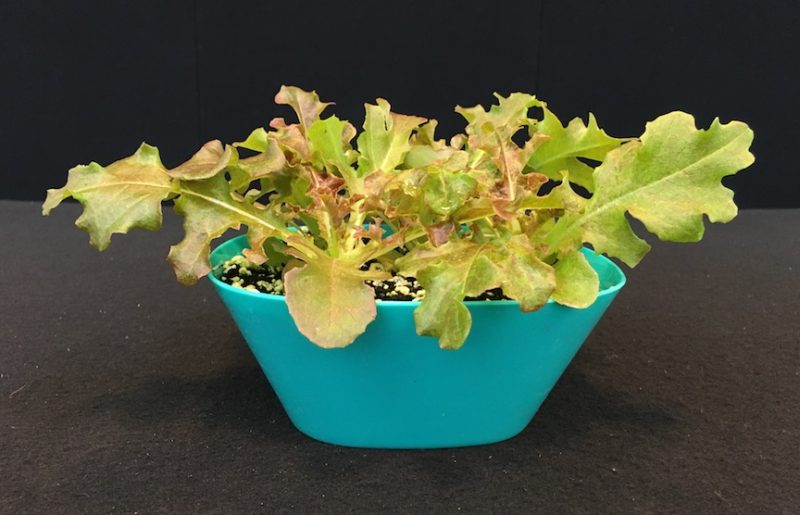
Getting a Piece of the Indoor Food Gardening Market
Have you thought about how the indoor food gardening market might be an untapped opportunity for your business? Residential food gardens provide urban growers with direct access to fresh fruit, herbs and vegetables. In addition, food gardening can provide health and well-being benefits to consumers through exercise, healthier diet and mental acuity.
Until recently, food gardening was primarily an outdoor activity, heavily dependent on the time of year and vulnerable to unpredictable weather and critters. However, limited space, soil, and water in urban settings have changed consumer behavior towards indoor food gardening. In addition, increasing accessibility to technologies for indoor plant production have opened the door for new opportunities that allow home growers to keep their green thumb working year-round.
A LOOK AT THE NUMBERS
According to the National Gardening Association (NGA), one in three U.S. households participates in some type of food gardening activity and has a total spending budget that surpasses $3.5 billion. Furthermore, sales of vegetable bedding plants from the top 15 floriculture states in the nation continue to increase. Recently ranked as the fastest-growing trend in horticulture by the Garden Media Group, gardening of edibles in indoor environments is an important urban trend, and a growing market for companies supplying plant products.
Research at the University of Florida (UF) aims to support consumers who want a satisfying gardening experience, and the industry supplying this market. To have success, it is important to appreciate that home growers have different motivations and goals than commercial producers who aim to maximize profits by maintaining high yields and reducing inputs where possible.
Priorities for small-scale indoor growers are geared toward identifying minimal requirements needed to produce edibles without compromising quality and growth. Most indoor home growers want to experience the pleasure of growing food and most likely would be satisfied with producing unique non-commercial cultivars of edibles that can’t be purchased in a supermarket.
Other home growers might want to become involved with indoor food gardening for more noble reasons, such as to reduce their environmental footprint by becoming self-sufficient, or to use it as a tool that can teach others how to become involved with food production. Regardless of motivation, indoor home growers tend to share a common trait: most are self-trained horticulturists hungry for knowledge, but requiring support to ensure success.
THE LIGHTING FACTOR
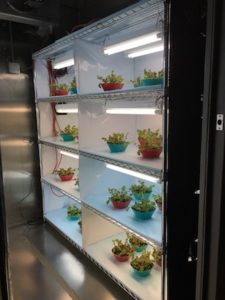
Indoor food gardening is primarily limited by light. Researchers at UF evaluated plant performance of red-leaf lettuce maintained indoors using one of four off-the-shelf broadband white light-emitting diode (LED) or fluorescent fixtures. ‘Red Salad Bowl’ lettuce plants (pictured above), which require 50 days to maturity and are suitable for a continuous harvest, were grown in a greenhouse to an established plug size in containers. We then transferred the plants to an indoor environment where different light qualities (from different light sources) were provided for four weeks with a 12-hour photoperiod at 120 micromoles/ m²/s to deliver 5.2 moles/m²/day of daily light integral (DLI) (Figure 2).
All of these light types produced acceptable plants (Figure 3). Under the same light intensities, 20 percent more dry mass was measured when lettuce plants were maintained under LEDs compared with fluorescent lamps, but quality attributes (e.g., anthocyanin, carotenoids and nitrate levels) were similar among treatments.

While some LED fixtures allow spectra (i.e., color) to be manipulated in ways that can affect growth and quality of plant products, white light might be preferred by consumers because plants appear their natural color, which makes it easier to detect plant disorders in an indoor environment. Keep in mind that broadband white LEDs are made by using blue LEDs with a phosphor coating, and spectra can change depending on the amount and components of the phosphor coating. Different percentages of blue light can have profound effects on leaf pigmentation, whereas higher red light can help increase plant growth and far-red light might be beneficial for fruiting crops.
High light will increase crop yield, but also can increase the cost for the light fixture and for electricity. Therefore, the goal for home growers may be to identify the minimum light level required to produce an actively growing plant with acceptable appearance. We ran a trial with different light levels using one of the commercially-available LED fixtures. Light levels of 37, 52, 85 or 150 micromoles/m²/s with a photoperiod of 12 hours per day provided 1.6, 2.2, 3.7 or 6.5 moles/m²/day, respectively. In our trial, 6.5 moles/m²/day, which is less than half of the recommended DLI for commercial lettuce production, was sufficient to provide a small harvest of red-leaf lettuce with adequate nutritional quality and appearance (Figure 4). However, fruiting crops have higher light requirements than most leafy greens or herbs. Therefore, further research will have to determine the minimum light requirement to sustain a steady harvest of indoor-grown fruit.
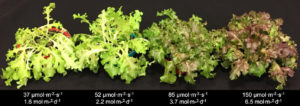
In an indoor home environment, different DLIs from non-horticultural grade LEDs can be achieved by increasing the number of light bulbs in the designated growing area, by reducing the distance between the light fixtures and the lamps without inducing heat-stress, or by increasing the photoperiod. However, most home growers might not want to have a fixture constantly on in their living space. Therefore, photoperiods of 12 hours or less are likely to be realistic.
Plant breeders are coming out with many compact varieties with foliage color, interesting fruit shape, and excellent performance in containers. Growers should seek out these high value options rather than providing home growers with outdoor garden varieties that are more likely to fail indoors. Indoor home growers would also benefit from cultivars with high consumer-driven traits (e.g., nutritional quality, organoleptic traits or visual phenotypes with desirable attributes) that will sustain a successful harvest under low-light conditions, or those that may withstand some accidental neglect.
Practices related to plant maintenance, particularly with hydroponics and nutrient solution management, could also be improved in ways that can minimize the burden to consumers. Low-maintenance and robust production systems that can satisfy the gardening experience for indoor home growers are needed. Our research efforts emphasize the need for easy-to-use, repeatable, and cost-effective methods of growing food indoors. We are working toward establishing an integrated approach to produce non-commercial indoor-grown food crops while advancing knowledge about requirements to cost-effectively grow plants in controlled environments.
Acknowledgements: We thank the USDA National Institute of Food and Agriculture, Multistate Research Project NE-1335: Resource Management in Commercial Greenhouse Production, the USDA-ARS Floriculture and Nursery Research Initiative #58-3607-8-725, the Scotts Co., and industry partners of the Floriculture Research Alliance at the University of Florida (floriculturealliance.org) for supporting our research.








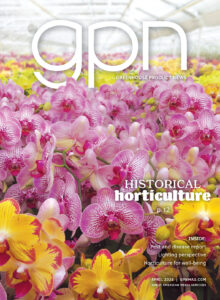
 Video Library
Video Library 















